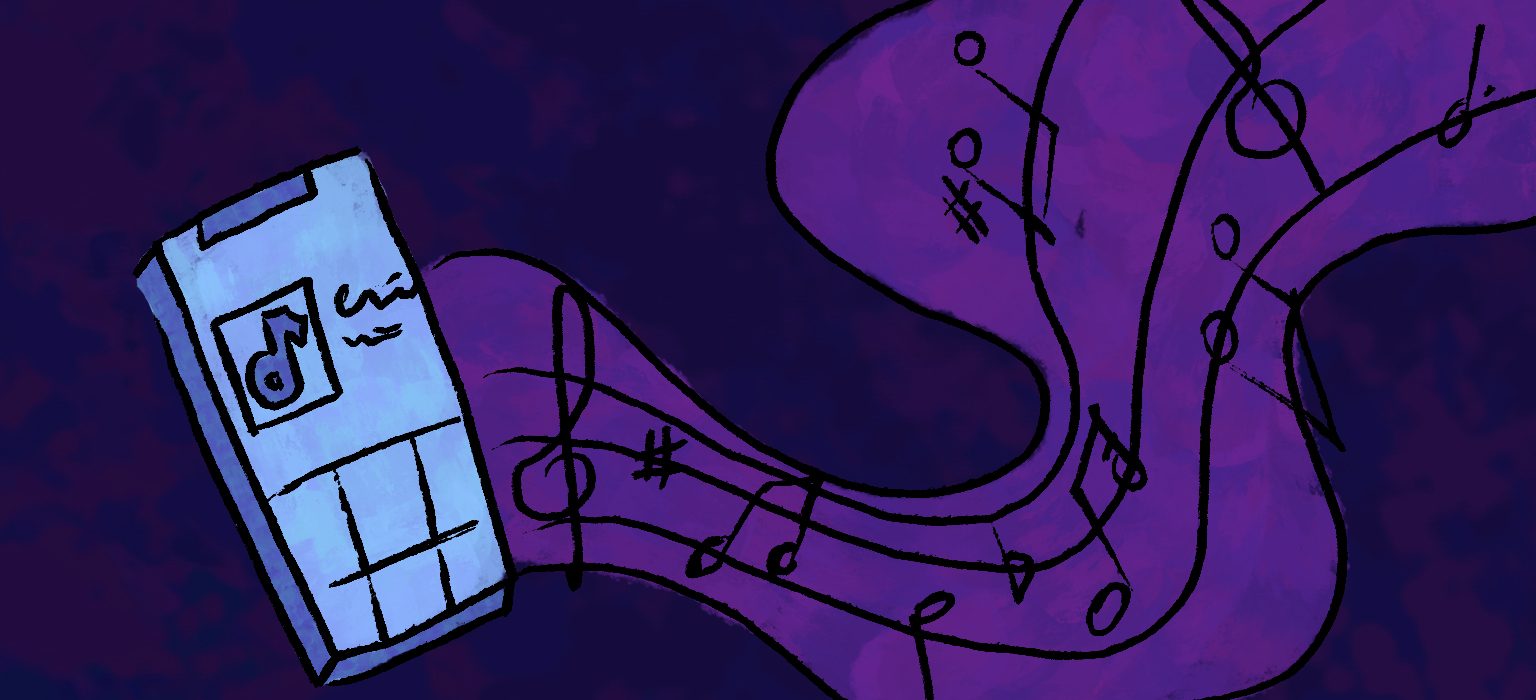As I sat, partaking in another session of mindless scrolling, I happened across a stereotypical 60 second “day in the life” vlog with one slight distinction. Instead of the trendy pop music one would expect to find dominating the app, this particular TikTok featured a clip of a strikingly beautiful orchestral composition, “Easy Lovers” by the late Italian film composer Piero Piccioni.
The song features a lush string section, easygoing rhythm, and a sinuous flute melody that undoubtedly distinguishes itself from the other popular sounds. In spite of its obscure origins, this song alone has amassed over 5 million plays on Spotify. Since the popularization of “Easy Lovers” and some of his other compositions, Piccioni has gone from an obscure film composer to an esteemed musician with appeal to a previously untapped young audience.
Born in Turin, Italy on December 6, 1921, Piccioni’s father exposed him to jazz at an early age, motivating him to learn piano by ear. Then, at 17, he made his solo radio debut as a jazz musician. He later began scoring films in the 1950s. Since then, the prolific composer has scored over 300 films. Within his expansive catalog of work, one can find highlights such as the score for Amore Mio Aiutami (1969) and Camille 2000 (1998), compositions that have gained the most acclaim online.
Although these films gained little recognition in the Italian film scene and remain even more unknown to non-Italian audiences, the beauty of the scores elevates the films immensely. Choose any of his soundtracks, and one can find sweeping string melodies and masterfully composed vocal harmonies. He does not hide the influence of jazz on his compositions, particularly when writing for brass instruments, but his work remains unique among other prominent film composers for the listenability of the music. Even though Piccioni wrote some of his most popular songs over 50 years ago, they retain a timeless quality about their composition, making the works much more accessible than the daunting task of listening to other iterations of similar compositions.
The popularity of Piccioni’s work lays a path for how classical music could successfully integrate into the rapidly evolving digital space. I have seen many well-intentioned but poorly executed attempts by opera houses and classical musicians to put their music on TikTok. So far, these efforts have only read as pandering and out of touch. By observing the types of videos that users chose to have Piccioni accompany, one could learn how to successfully package classical music to make the genre appeal to a younger audience.
One commonality between videos using Piccioni’s music comes from the post-ironic usage of the music. Users do not make a joke out of the music by selecting the sound disingenuously; instead, the humor comes from the surprise elicited from their genuine enjoyment of music that was not composed to appeal to them. This sincere usage of his music remains unique to Piccioni and a few other individual compositions. For example, the song “Clair de Lune” by Debussy has recently seen a massive resurgence in popularity. Users initially used the song ironically, as a hyperbolic expression of melancholy. However, as the trend evolved, I would like to think that people developed an earnest appreciation for the beautiful song, thus explaining its explosion in popularity.
Despite the indisputable popularity of “Clair de Lune” Piccioni remains unchallenged in his status as one of the most popular composers, as a number of his works accompany thousands of videos. Though one might assume that current social media platforms would not accommodate for music without mass appeal, the popularity of Piccioni’s compositions and other classical music on TikTok demonstrates that an audience for this style of music does exist online. This resurgence of appreciation for more classical compositions hopefully indicates an incumbent trend of popularizing even more genres of obscure music.

